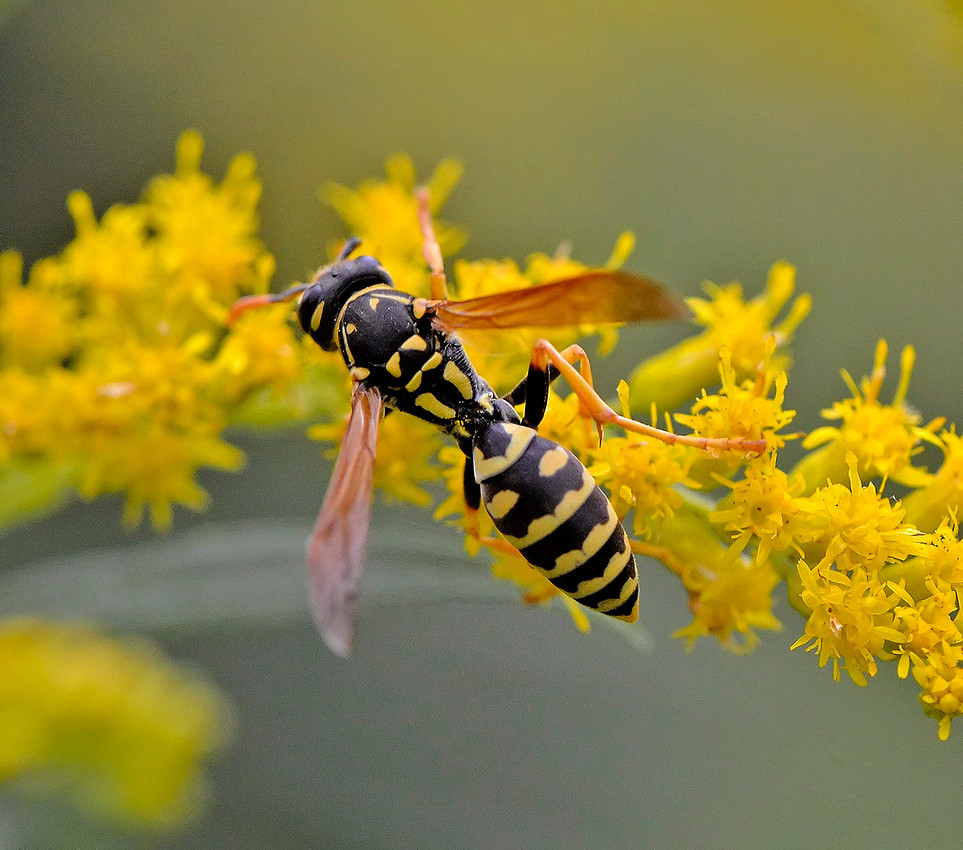Courtesy of Europe


Originally a native of southern Europe and northern Africa, as well as the more reasonable parts of Asia all the way to China, the so-called European Paper Wasp somehow made it across the Atlantic in the 1970s and eventually set up shop in Massachusetts, where a nest of the colorful insects was discovered near Boston by Cornell entomologist George C. Eickwort in 1978. Since landing on the hymenopterological equivalent of Plymouth Rock, the wasp known to scientists as Polistes dominula—the species name means "little mistress"—has become well established throughout the Northeast and is increasingly found in many other parts of the country. Clearly, it's here to stay, and while there was some concern that it would out-compete many of the native species and increase the predation burden on native butterflies, caterpillars in particular, that fear doesn't seem to have become a reality. This is good. We have enough threats to biodiversity without an onslaught of mini-mistresses.